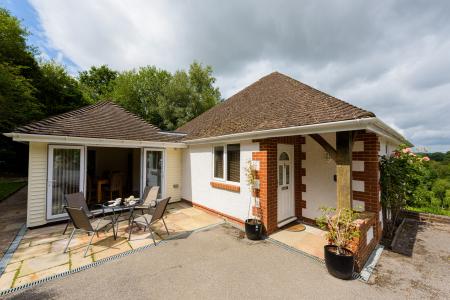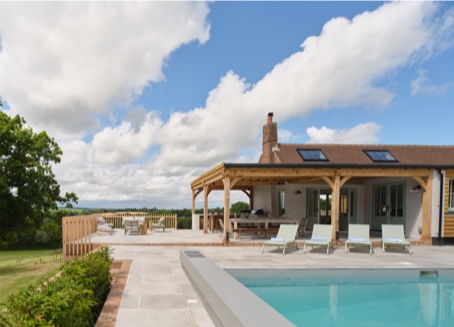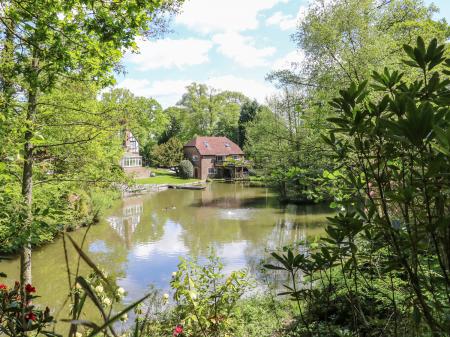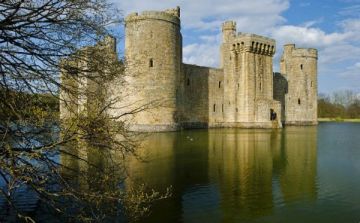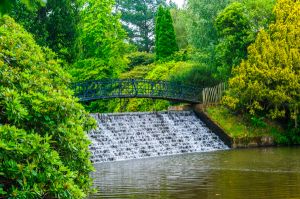
The planting was continued in the early 20th century by the owner of the estate, Arthur Soames, who bought Sheffield Park in 1910. The stately mansion where Soames lived looks out over the lakes, and provides a backdrop for the wonderful reflections of colourful trees and shrubs that line the lakes. The house is not open to the public.
Beyond the informal lakes and gardens are 250 acres of parkland, with waymarked trails through open fields and woodlands.
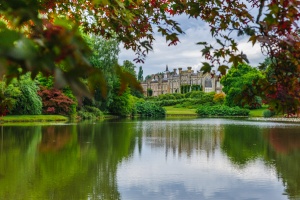
At the bottom of the estate runs the River Ouse, past a flood meadow where wildflowers burst into colour during the spring and summer. The wildflowers attract hordes of damsel flies, butterflies, and dragonflies.
WG Grace at Sheffield Park
Cricket historians need no introduction to Sheffield Park. The first recorded match here took place in 1845, on a specially built ground a short distance from the lakes. The 3rd Earl of Sheffield was a passionate cricketer, and sponsored Lord Sheffield's XI. One frequent member of the team was cricket legend WG Grace, who was a good friend of the Earl and played for his side on several occasions.
The most famous match in which Grace participated was in 1893, when the burly batsman hit a ball so far over the boundary rope that it hit a tree in the nearby woods. You can still se WG Grace's tree, marked by an iron ring around the trunk. Sheffield Park also hosted notable matches against the Australian team. For a match in 1896 over 25,000 spectators watched the match, and among the spectators was the Prince of wales, later Edward VII. Matches regularly take place at the cricket pitch, which is signposted from the lakeside trails.
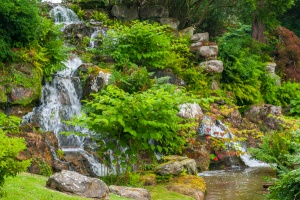
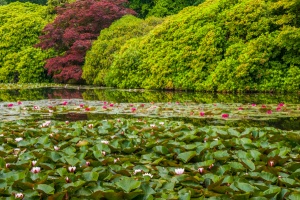
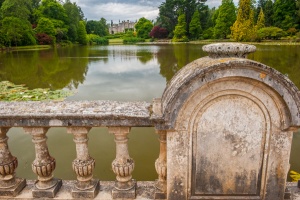





 We've 'tagged' this attraction information to help you find related historic attractions and learn more about major time periods mentioned.
We've 'tagged' this attraction information to help you find related historic attractions and learn more about major time periods mentioned.